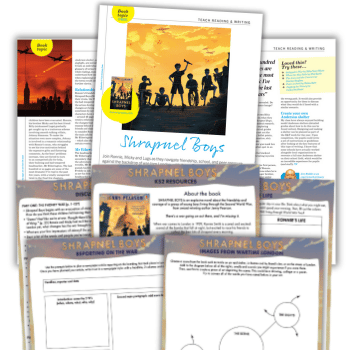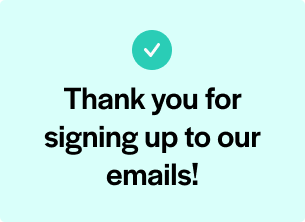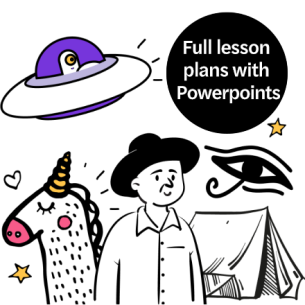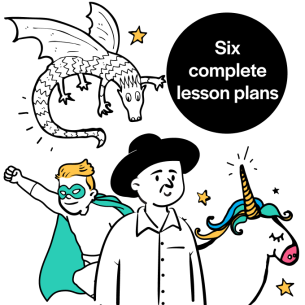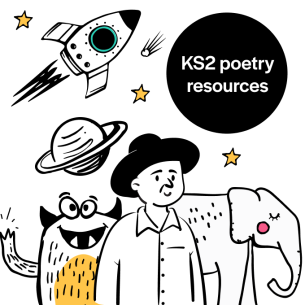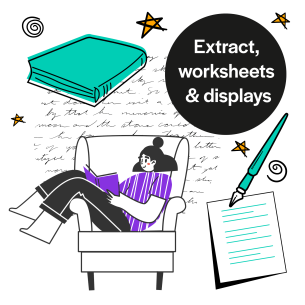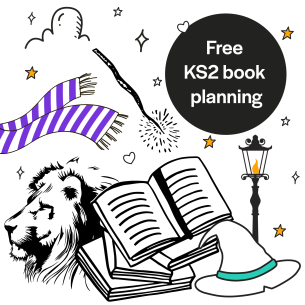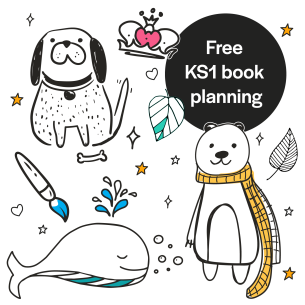Two PDF resource/planning packs
KS2
Years 5-6
Join Ronnie, Micky and Lugs as they navigate friendship, school, and peer pressure against the backdrop of war-torn London, with Jenny Pearson’s striking war novel, Shrapnel Boys. This download contains a PDF full of classroom activities from teacher Jon Biddle, plus a resource pack from publisher Usborne.
Writing a World War Two novel aimed at primary school pupils can be a challenge. It needs to touch on the horrors of war without being too graphic.
Over the past few years there have been some masterpieces from Tom Palmer, Sufiya Ahmed, Phil Earle and several others. We definitely need to add Shrapnel Boys by Jenny Pearson to the list.
It’s a long book – just over 350 pages – but could work wonderfully as a class read. The characters are beautifully written and relatable, the setting feels authentic, and the narrative is full of drama.
The book touches on several themes including friendship, the complexity of family relationships, peer pressure and the difficulties of speaking out, even when you know it’s the right thing to do.
The occasional references to the threat of fascism (Oswald Mosley and his Blackshirts) give the writing a particularly pertinent feel right now.
With the historical setting, it’s quite a departure from Jenny’s usual style. There are still regular flashes of her trademark humour. However, overall the tone is generally darker and more serious than her previous work.
What is Shrapnel Boys about?
Shrapnel Boys is a genuinely compelling read. It follows the story of a group of young boys who stay in London when the vast majority of children have been evacuated.
Ronnie, his brother Micky and his best friend Billy (nicknamed Lugs) gradually get caught up in a traitorous scheme involving smooth-talking villain, Johnny Simmons.
To make the situation even more complex, Johnny is involved in a romantic relationship with Ronnie’s mum. She struggles to see the true motivation behind the expensive gifts and flattering comments.
As the boys’ problems increase, they are forced to turn to an unexpected ally for help, their bullying and bad-tempered headteacher, Mr Etherington.
The last hundred or so pages are some of the most dramatic I’ve read in the past few years. There’s also a totally unexpected twist in the final few chapters.
Jon Biddle is an experienced primary school teacher and English lead. Winner of the 2018 Reading for Pleasure Experienced Teacher of the Year award, he coordinates the national Patron of Reading initiative.
Usborne UKS2 resource pack
This free resource pack from Usborne will enrich the reading experience, making Shrapnel Boys not just an engaging story but also a powerful learning tool.
Developed with school use in mind, the resource encourages pupils to connect emotionally and intellectually with the events of 1939 through thoughtful discussion and creative activities.
Reviewed by the Imperial War Museum for historical accuracy and published in the 80th anniversary year of the end of WWII, Shrapnel Boys is ideal for UKS2.
Shrapnel Boys resource pack contents
Introduction
- Overview of the novel and its themes
- Background on the author, Jenny Pearson
Discussion notes
- Guided questions to support classroom discussion
- Prompts to encourage pupils to explore:
- Ronnie’s character and relationships
- Family dynamics during wartime
- Themes like bravery, loyalty and secrets
- The impact of war on everyday life
Activity 1 – A day in the life
Fill out the table with the activities you carry out during a regular day in your life, then fill out the column for Ronnie’s life. How different does a day look for a child living through World War Two?
Activity 2 – Reporting on the war
Use the given prompts to plan a newspaper article reporting on the bombing that took place in London.
Activity 3 – Images from wartime London
Choose a scene from the book and add sights, smells and sounds you’d experience there on the included worksheet. Then use this to create a piece of art depicting the scene, such as a drawing, collage or poem.
Browse more of the best WW2 books to use in your classroom and brilliant books for topics.
